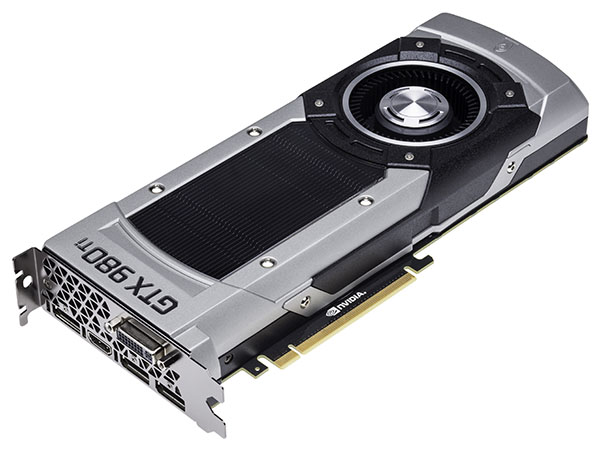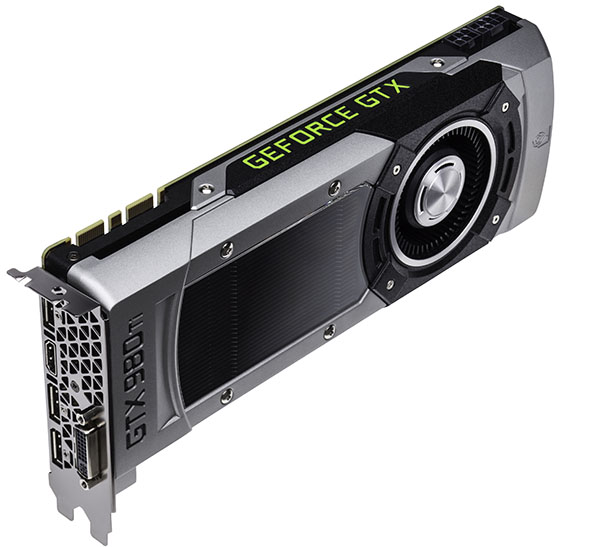Nvidia GeForce GTX 980 Ti 6GB Review
Conclusion
In retrospect, I almost wish I hadn’t given Nvidia’s GeForce GTX Titan X our Tom’s Hardware Editor Recommended award back in March. But how were we to know that GeForce GTX 980 Ti would follow just two and a half months later? Given the Titan card’s use of GM200 in its entirety, we would have guessed that a 980 Ti version would almost necessarily have to be slower. Still, though, Nvidia does a good job of limiting the damage to a handful of percentage points.
And then there’s the price tag. At $650, the company is asking $150 more than a GeForce GTX 980, and $50 less than where it launched GeForce GTX 780 Ti. If the 980 is within your budget, it’d be silly not to splurge on 980 Ti instead. Why? Well, at 2560x1440, the 980 Ti averages just under 25% more performance across the games in our benchmark suite. At 3840x2160, it’s the difference between playable and not under taxing detail settings. You don’t often see gains like that in the high-end space for a 30% premium (it was just 18% before Nvidia's price cut on the 980).
So why not dust off our highest-of-the-high Editor’s Choice award? Call it the Fiji factor. AMD’s HBM-equipped answer to GM200, or at least what we’re expecting to contend with Nvidia’s flagship GPU, is purportedly imminent. Without knowing how it’ll affect the enthusiast graphics space, we’re reluctant to declare a victor, as much as like the GeForce GTX 980 Ti. Though that might sound unfair to the star of today’s show, rest assured, a winner will be declared soon.
In the meantime, we’ll stand vigil for retail availability of GeForce GTX 980 Ti (Nvidia tells us it’ll surface within a week), paying particular attention to market pricing. After all, GeForce GTX Titan X didn’t appear as quickly as Nvidia promised, and, to this day, it costs more than the expected $1000.
Update: Nvidia let us know that the 980 Ti is already available on geforce.com, though, at the time of writing, it's sold out. We'll keep an eye out for additional stock and let you know how the situation plays out in our Best Graphics Cards for the Money column.
What about that Titan X, anyway? Our averages show it to be about 1% faster than 980 Ti at 2560x1440 and just over 3% faster at 3840x2160. Its biggest advantage is in Middle-earth, where the lead grows to more than 7%. Still, that’s not enough to justify a $400-higher price. We’re told the Titan X will continue appealing to CUDA developers needing the extra 6GB for large datasets and gamers compelled to buy the best of the best. At this point, though, the smarter money is on GeForce GTX 980 Ti.
The other elephant in the room is Radeon R9 295X2. A couple of models are available in the $630 range. That’s like a $900 discount compared to the card’s launch price. And we’ve seen just how potent a couple of Hawaii GPUs are in CrossFire. But does it deliver a knock-out punch? I’d call it the right tool for some jobs, but not all of them. It’s big, it’s hot, it’s power-hungry and as The Witcher 3 illustrates, it’s still subject to the limitations of CrossFire and the expediency of a company that’s slow on driver updates as of late. If you’re cool with the caveats, R9 295X2 is a beast that can’t be beat by any modern single-GPU solution. Its drawbacks are deal-breakers for other enthusiasts, though. We’re arming you with the data—use it to guide your own purchase.
Get Tom's Hardware's best news and in-depth reviews, straight to your inbox.
MORE: Best Graphics Cards For The MoneyMORE: All Graphics Articles
MORE: Graphics Cards in the ForumMORE: How Well Do Workstation Graphics Cards Play Games?
Chris Angelini is a Technical Editor at Tom's Hardware. Follow him on Twitter, Facebook and Google+.
Follow Tom's Hardware on Twitter, Facebook and Google+.


